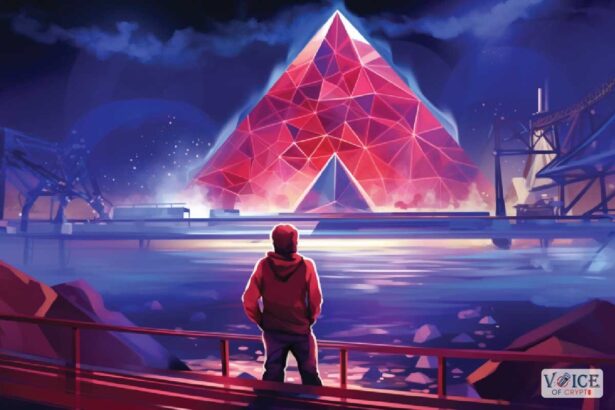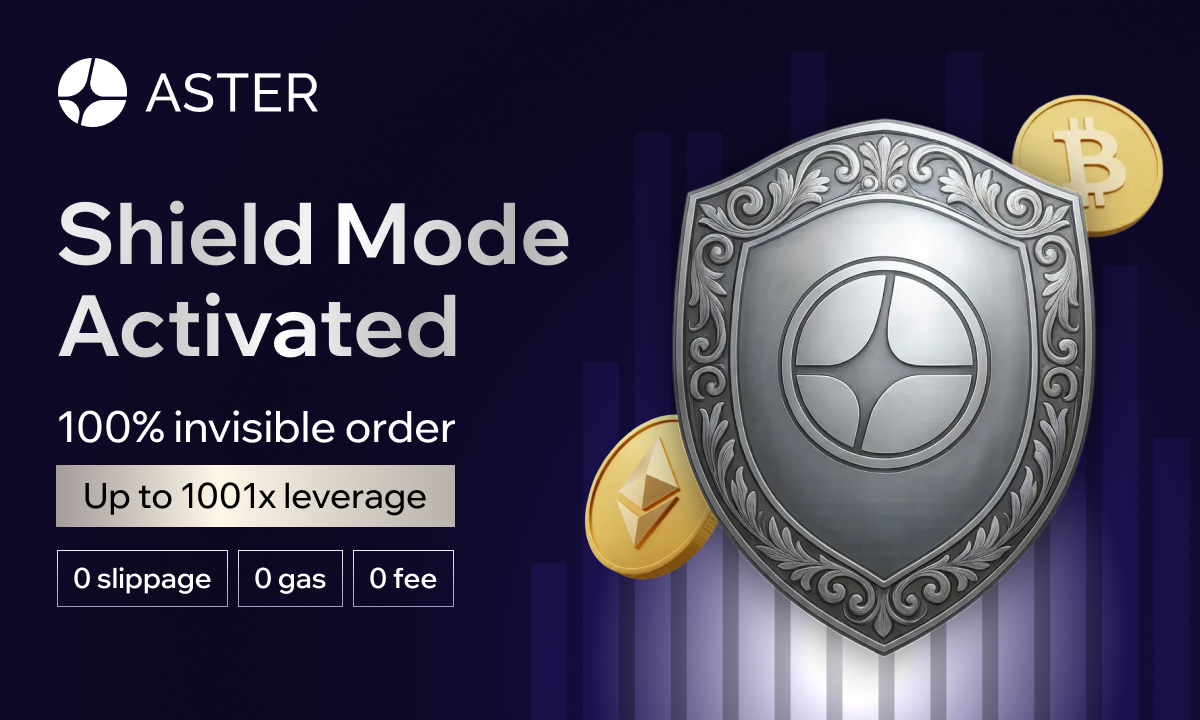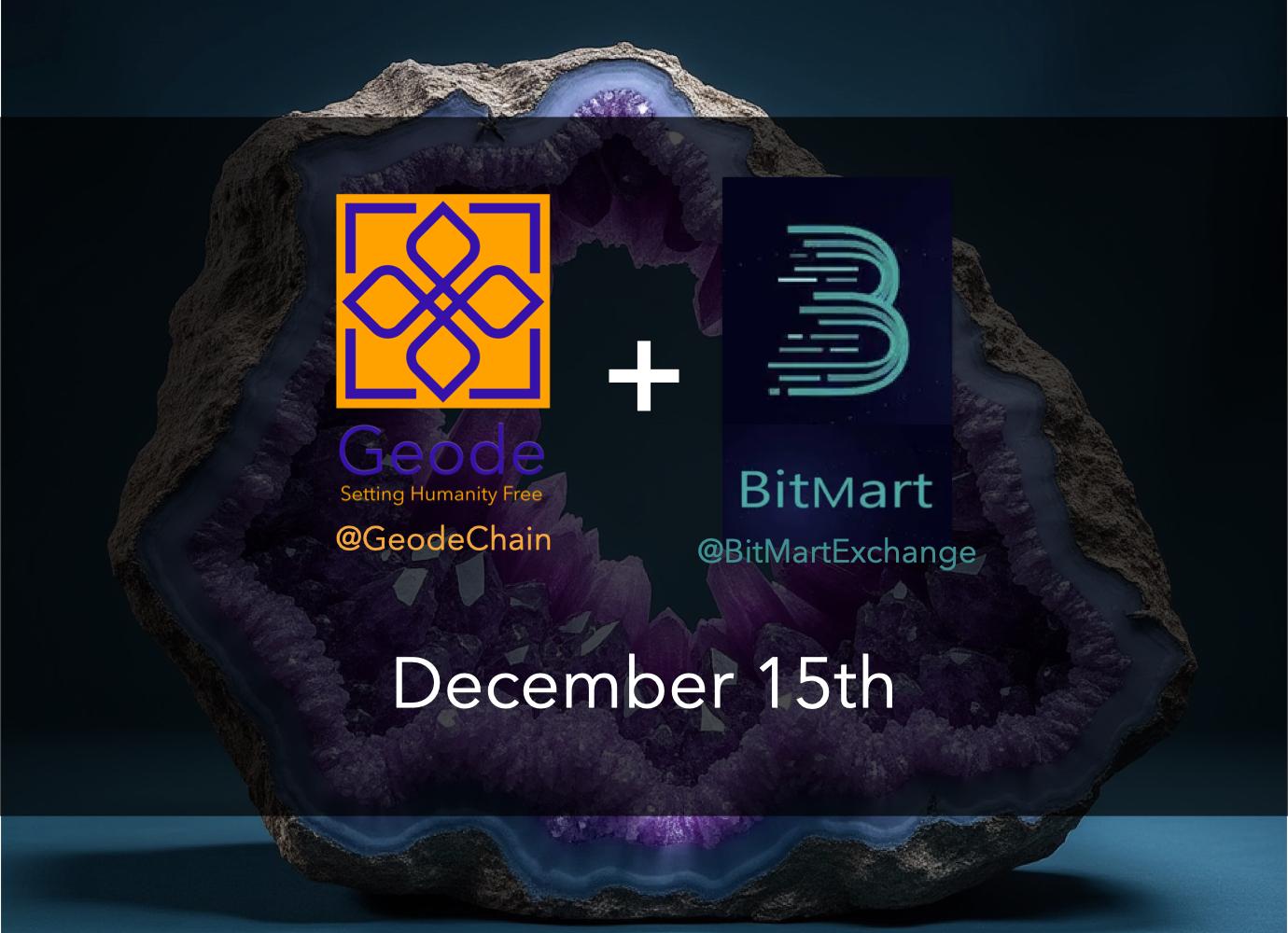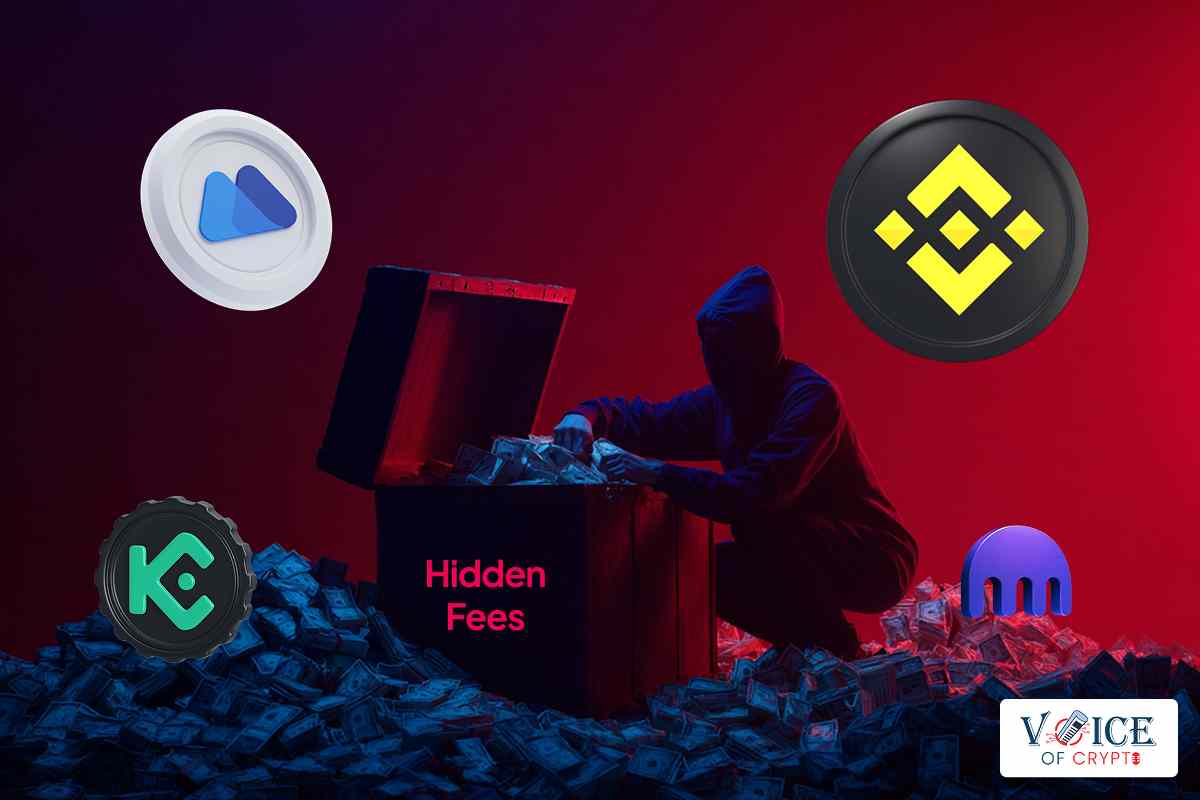What Exactly Is Ethereum 2.0?
To begin explaining what Ethereum 2.0 is, it can be helpful to first understand what its predecessor, Ethereum 1.0 is.
The Ethereum Network is a distributed, open-source blockchain-based software platform with Ether ( commonly referred to as Ethereum) as its native cryptocurrency.
Ethereum was created on July 30th, 2015 by Canadian-Russian programmer and writer, Vitalik Buterin along with four others including Charles Hoskinson and Gavin Wood. The Ethereum network was created as a decentralized mesh of computers, virtually connected. This mesh allows its users to create, deploy and interact with decentralized applications (also known as dapps), over a network known as the Blockchain.
The term ‘blockchain’ is usually an object of confusion for most people. To clarify this, it is easier to imagine a massive, decentralized computer that lives not on one, but in multiple places all over the internet. The Ethereum network, in this case, is a distributed virtual machine, made up of millions of computers in clusters (called nodes), linked to one another over the blockchain.
What Exactly Was The Problem With Ethereum 1.0?
The Ethereum Network upgrade has been in the works for a long time. Since 2018, to be exact. This upgrade will involve changing massive aspects of the old Ethereum network to tackle issues such as scalability, security, and the high amount of fees involved in transactions.
While the current Ethereum network is efficient in its ways, the engineers in charge of maintaining the network as well as the network’s users, have so far found and pointed out a few problems with it.
A few of those include, but are not limited to
Changing From Proof Of Work To Proof Of Stake (POW to POS)
Much like bitcoin, the current Ethereum network operates on a proof of work consensus algorithm. A consensus algorithm simply refers to how the nodes in a network process transactions. This switch will greatly affect how ether is being mined, sent, and received.
High Gas Fees
Ethereum, being a network that allows the computers in its nodes to communicate with other computers in a small subset of the network (these other computers are called its peers), requires a small payment as ‘compensation’ for the computing energy required to process and validate transactions. These payments received and tendered in Ether are called gas fees.
This means that the more gas a person is willing to spend, the faster their transaction gets executed. This competition for the limited processing resources in the network usually leads to very high gas fees. And sometimes, the gas fees for a transaction are usually higher than the amount of Ether involved in the transaction itself.
Computing Power
Eight out of ten people have heard of the term ‘mining’ at least once before. Put simply, mining in a blockchain-based network involves computers competing against one another, solving cryptographic puzzles on the network, and getting small amounts of cryptocurrency tokens as rewards.
Mining in a proof of work consensus algorithm is vastly different from the proof of stake algorithm, in that the proof of work algorithm consumes large amounts of power. The expenditure of this amount of energy often leaves heavy carbon footprints that damage the ozone layer, contributing to the effects of global warming. According to data from the bitcoin energy consumption index from digiconomist, the carbon footprint of bitcoin in a single year is equivalent to that of New Zealand, emitting dozens of megatons of carbon dioxide into the atmosphere.
Critics over the years, including entrepreneur and Tesla CEO, Elon Musk, have pointed to these carbon footprints as one of the major issues of the proof of work algorithm.
Performance
The Ethereum upgrade will generally have higher capabilities than its predecessor in terms of performance. This upgrade will utilize a technique known as sharding, or splitting the entire blockchain into several sub-blocks that run side by side in parallel. This greatly improves the number of transactions Ethereum 2.0 can handle per second.
What Does This Mean For People Who Originally Had Ethereum 1.0 Before The Upgrade?
Absolutely nothing, except cheaper gas fees, faster transactions, security, and improved scalability.
All of the above problems are issues the Ethereum upgrade will fully handle. Ethereum 2.0 is fully compatible with Ethereum 1.0, so anyone who already owned some Ethereum before the switch has absolutely nothing to worry about.










